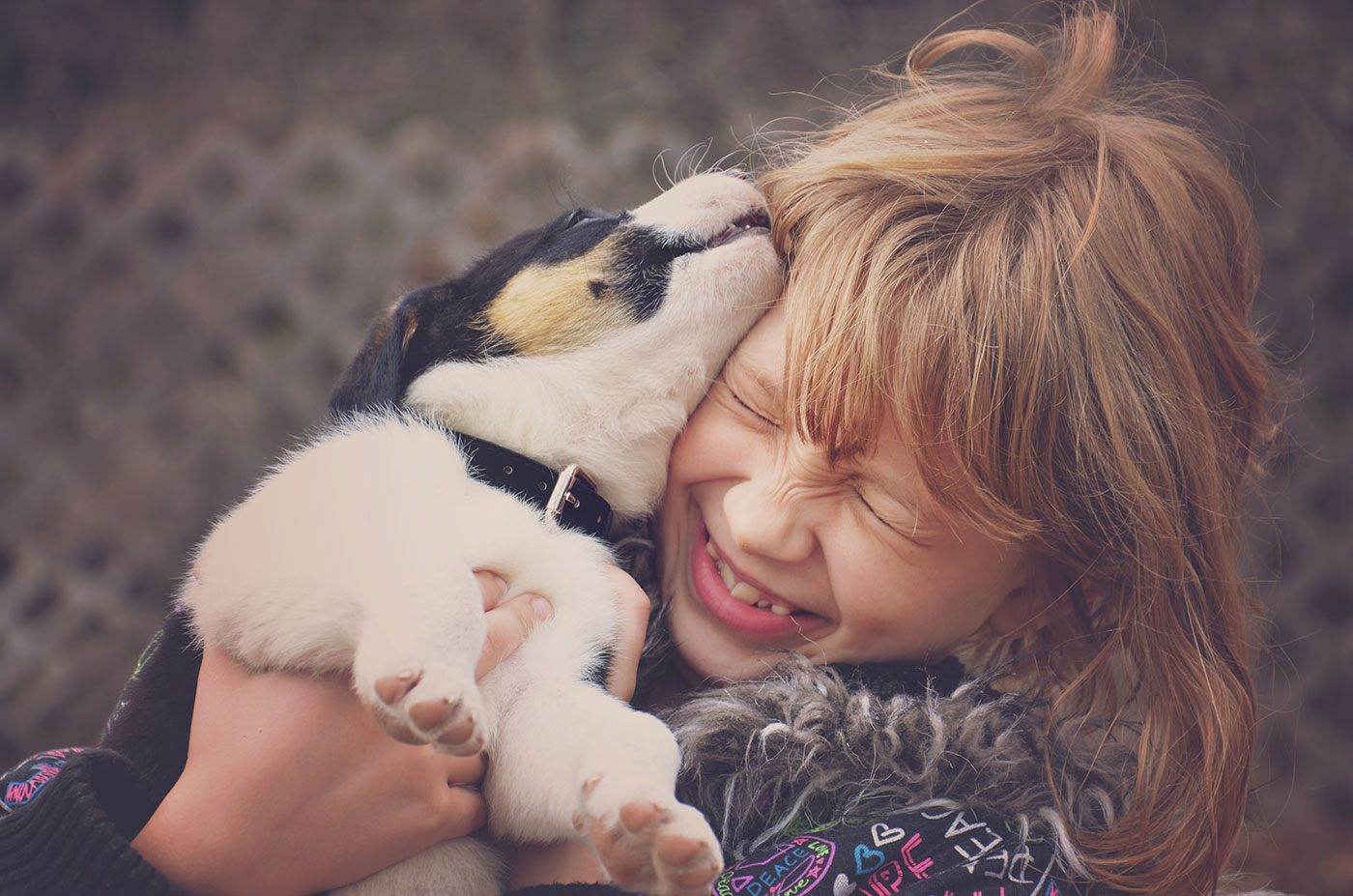
Choosing a pet for a child is an important decision that impacts the entire family. Owning a pet teaches responsibility, empathy, and aids emotional development. But is a dog or a cat a better choice? Both species have specific needs and requirements that are worth considering before making a decision.
The following article will help you make an informed decision by discussing the pros and cons of both a cat and a dog as a companion for your child.
Cat and child – what are the advantages and disadvantages of a cat as a pet?
Cats make excellent pets because they are independent, quiet, and adapt well to a variety of living conditions. They are also clean animals—they regularly groom their fur, minimizing the need for baths. Cats can be incredibly affectionate and form strong bonds with their owners while respecting their space. Furthermore, observing their play and habits can be incredibly relaxing and mood-boosting.
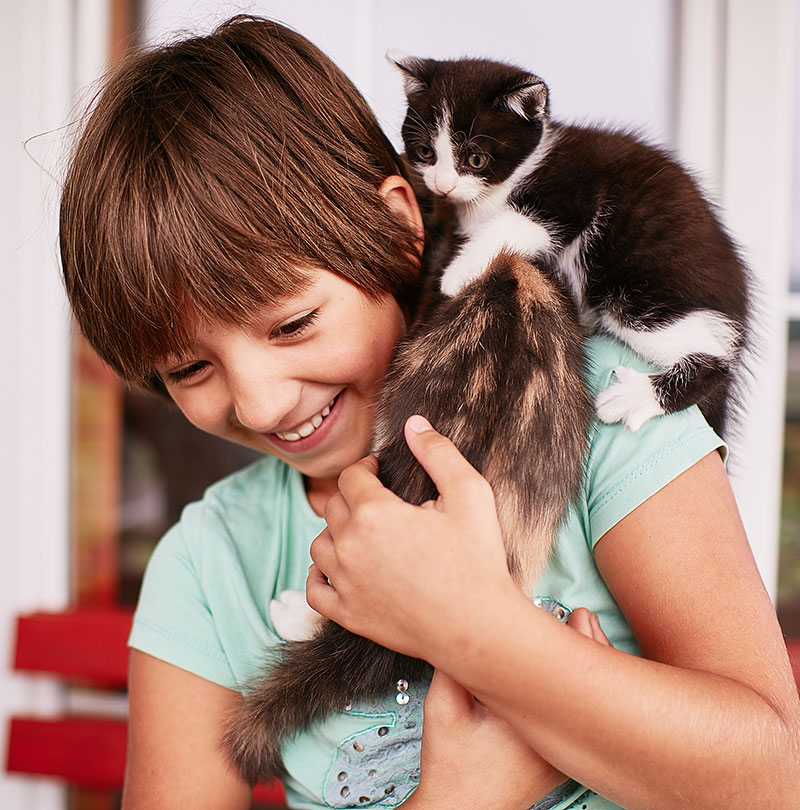
Disadvantages of having a cat with your child
Cats can be more independent, so they're not always willing to play with children. Some cats can become aggressive when mistreated, such as by having their tails or ears pulled. Therefore, it's important to carefully teach your child how to handle a cat. Cats can also be more reserved, so if your child needs a more engaging companion, a dog may be a better choice.
A dog as a child's best friend – what is worth knowing?
Dogs are true companions who can bring a wealth of joy and energy to home life. Their loyalty and devotion make them excellent friends, especially for children. Dogs encourage physical activity through the need for walks, which benefits both the pet and the owner. Furthermore, dogs have the ability to demonstrate empathy, making them indispensable in times of joy and sadness.
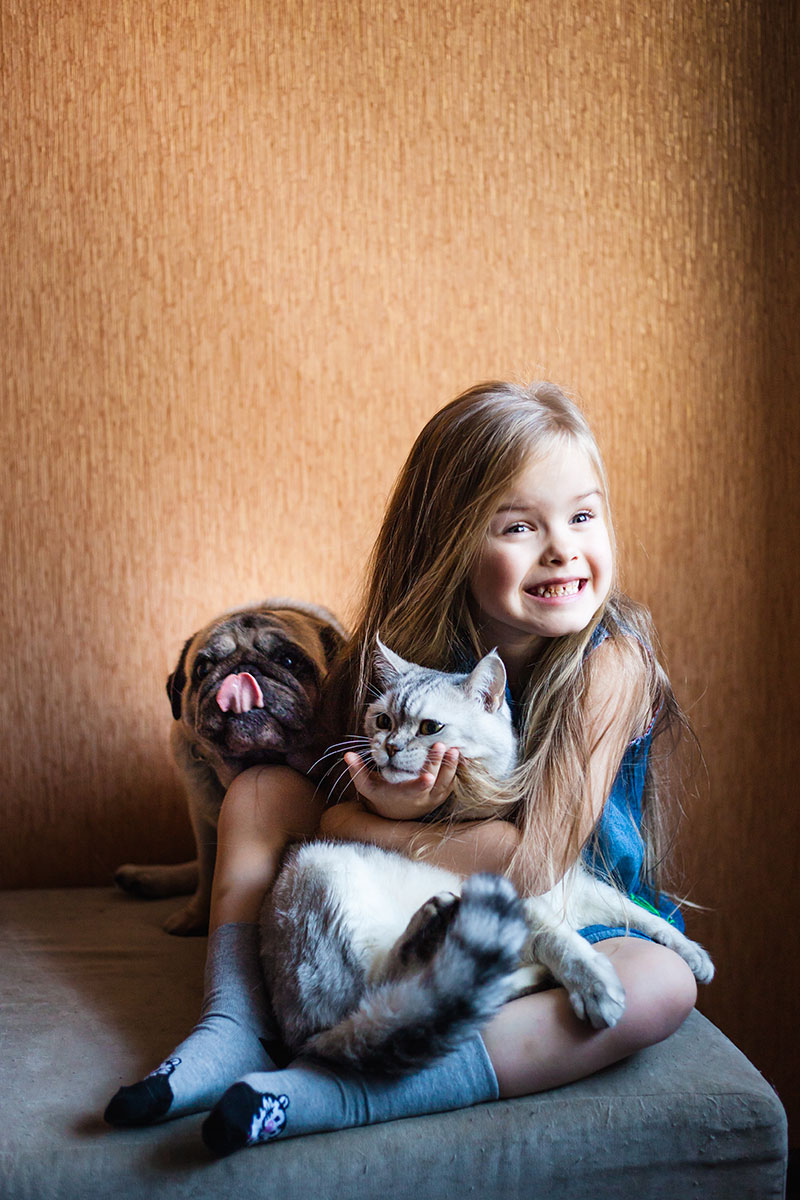
Advantages of having a dog at home
Dogs are considered among the most loyal and sociable animals, making them ideal companions for children. Their active and playful nature makes them wonderful companions for children who need an energetic companion.
The benefits of owning a dog are:
- Strengthening social relationships – Dogs require regular walks, which can help your child develop social skills.
- Physical activity – Children who grow up with a dog are usually more physically active, which has a positive impact on their health.
- Developing responsibility and empathy – Caring for a dog requires many daily responsibilities that a child can fulfill while learning responsibility.
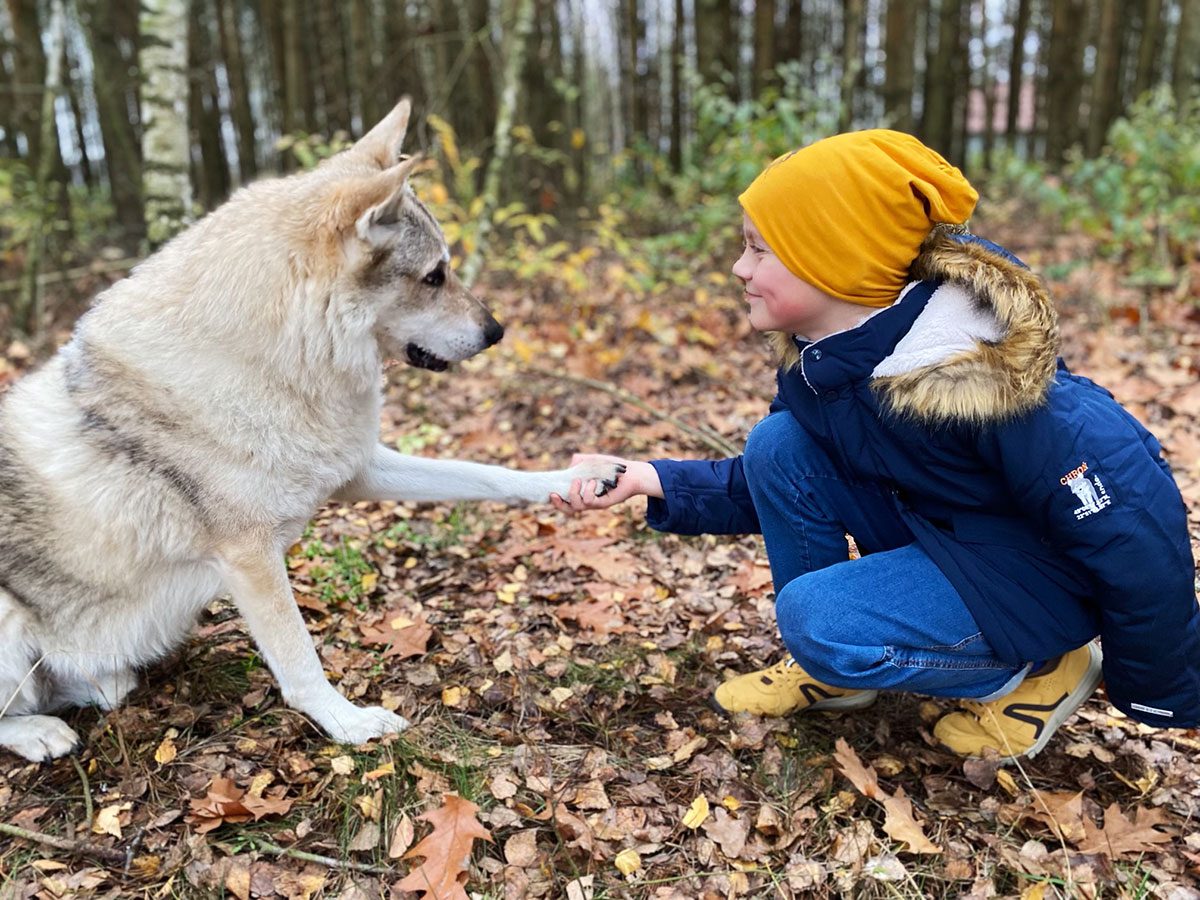
Disadvantages of having a dog in a home with a child
A dog requires more attention and commitment than a cat. Daily walks, the need for interaction, and training can make a dog a more demanding choice for a family with young children. Dogs also have different temperaments, and some breeds may be too energetic for young children. It's important to consider the potential costs associated with owning a dog, such as vet visits, food, and accessories.
How to choose the right breed of dog or cat for a child?
Choosing the right breed of dog or cat for a child requires considering both the needs of the family and the pet. First and foremost, it's worth considering the living conditions – a calm cat or small dog might be better suited to a small apartment, while a house with a garden might consider more energetic breeds. The family's lifestyle is equally important – an active family might be better off with an energetic dog that requires long walks, while a family that prefers a quiet lifestyle might choose a cat or a dog with a gentle personality.
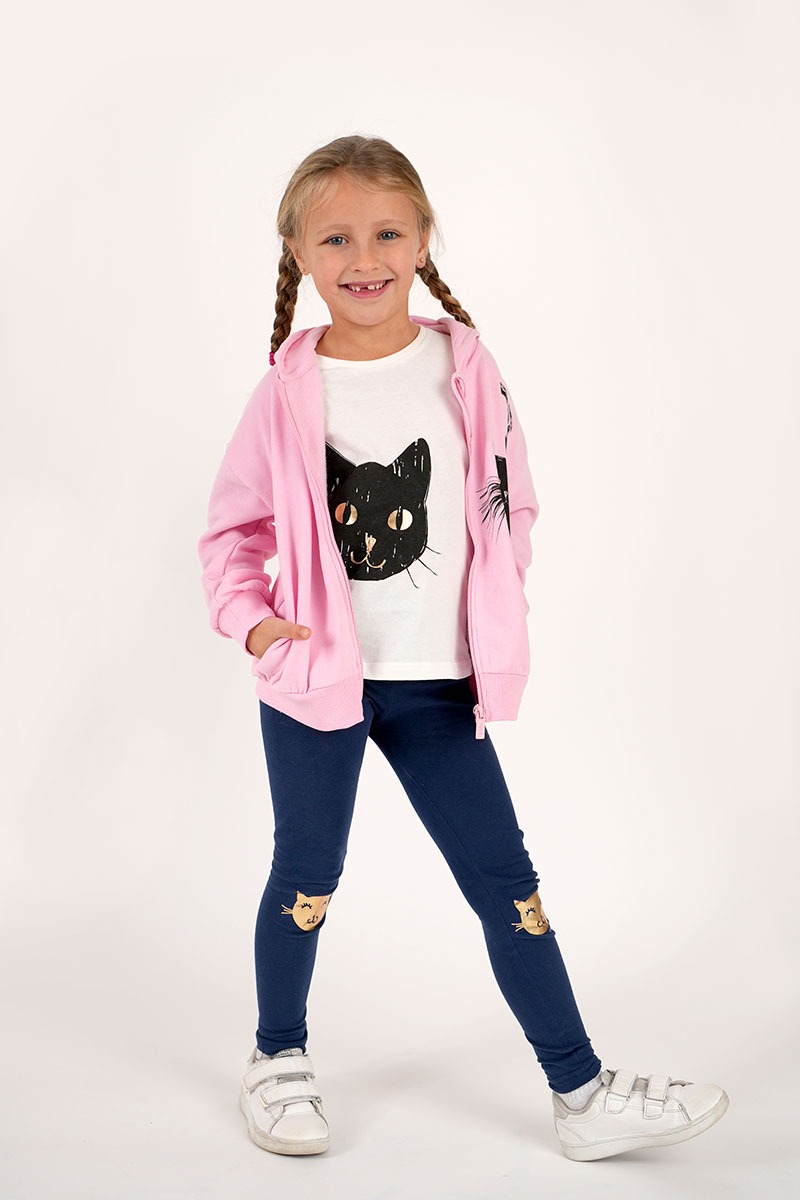
It's also important to consider the physical abilities of family members and the child – large dogs like Labradors require a lot of exercise, which can be difficult with a small child or time constraints. It's also worth considering the animal's personality – some breeds, like Golden Retrievers, are exceptionally patient and suitable for families with small children, while calm cats, like Ragdolls, are better around children.
Additionally, it's worth considering other factors, such as the animal's lifespan, family allergies, and availability of time for training and grooming. Consulting with a breeder, veterinarian, or shelter can help you make the best decision.
Dog breeds recommended for families with children
Some dog breeds are more suitable for children than others. They are characterized by a gentle temperament, patience, and a positive attitude towards playing with little ones . These breeds include:
- Labrador Retriever – These are very sociable, patient and loyal dogs, perfect as companions for children.
- Golden Retriever – This breed is gentle and very easy to train, making it a great choice for families.
- Beagle – A small, energetic dog that gets along well with children and loves to play.
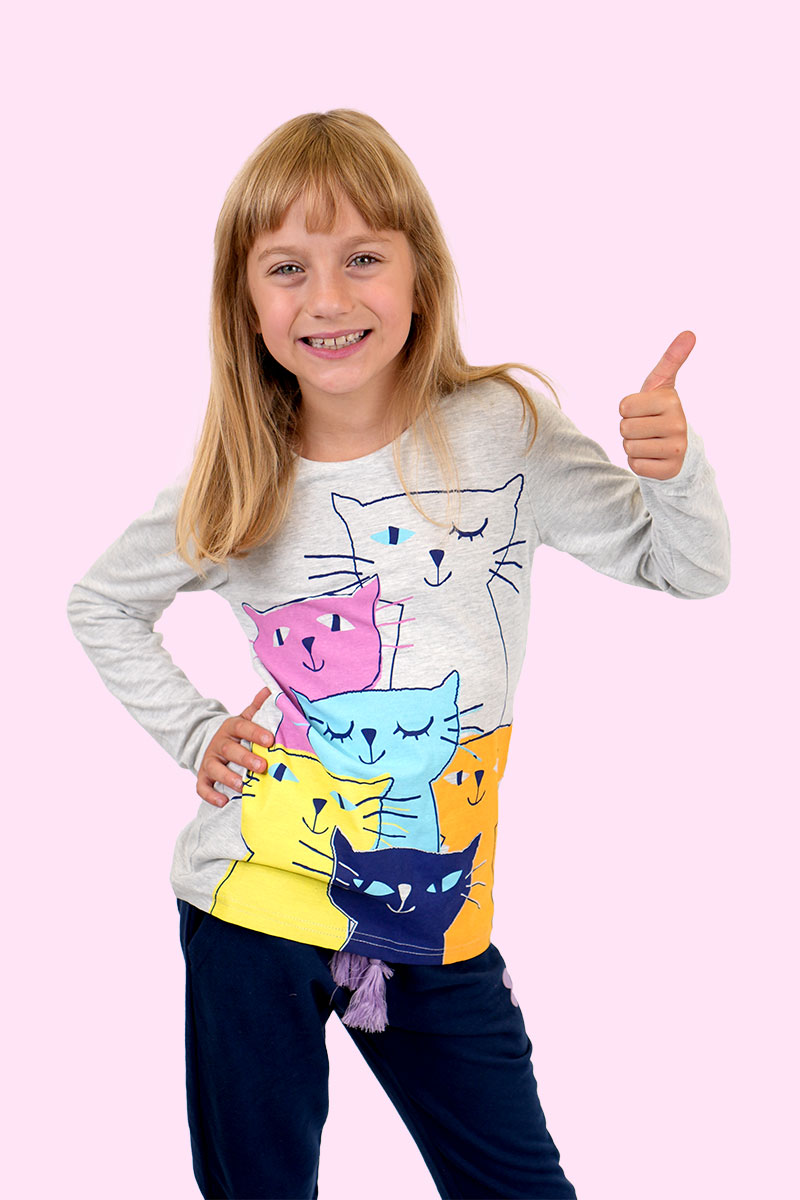
Cat breeds suitable for children
Some cat breeds have friendly personalities and are more tolerant of children, making them suitable for homes with children. Consider the following breeds:
- Maine Coon – This is a large cat with a calm temperament that gets along well with children.
- British Shorthair – This breed is known for its gentle nature and sociability.
- Ragdoll – Cats of this breed are extremely calm and patient, which makes them great with children.
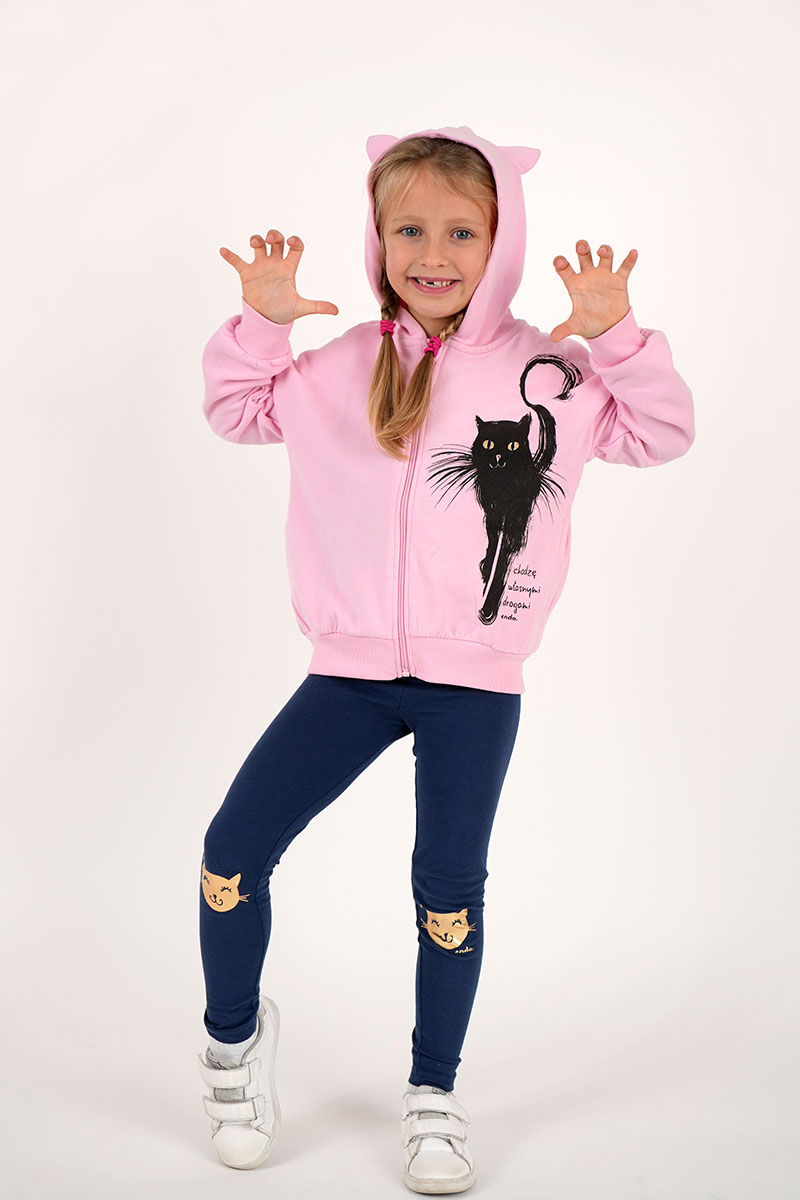
How to prepare your child and home for a pet?
The decision to adopt a cat or dog is a beautiful step that can bring much joy to the family, but it also requires consideration and responsibility. A pet is not just a friend, but also a being that will require daily care for many years to come. It's important to make such a decision carefully, not on the spur of the moment or on the spur of the moment or at the request of a child. Sometimes it's a good idea to wait and see if the dream of a pet is just a short-term whim.
Before making a decision, it's important to carefully assess whether your child is ready for such responsibility. If you have a very energetic toddler at home, they may be too demanding of calmer animals, such as certain breeds of cats or dogs. Your toddler could accidentally injure the animal, which would be difficult for both them and the pet. In such cases, it's worth postponing this decision for a few years to give your child time to develop and learn gentleness.
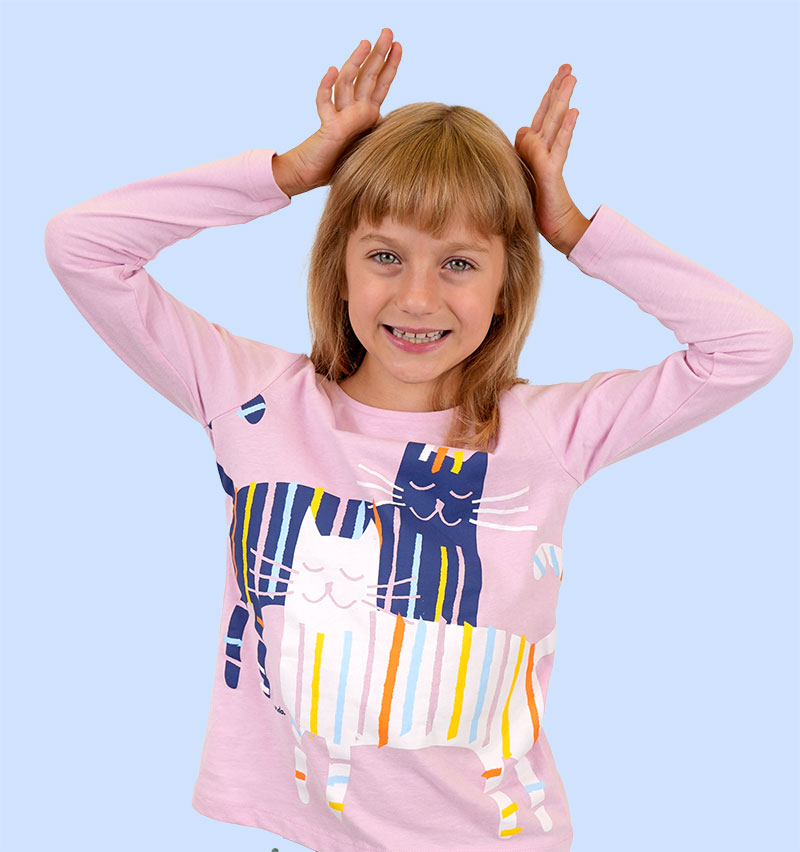
Parents also need to be prepared to adopt a pet, as they will be responsible for its upbringing and daily care. Even if a child promises to care for the pet, in practice most of the responsibilities will fall on the adults. It's also worth preparing for potential inconveniences, such as damaging furniture or the puppy's lengthy housetraining. If your current home circumstances don't allow you to address these challenges, it's better to wait before adopting.
However, if a family is ready for new challenges, a pet will become a wonderful companion and teach a child responsibility, empathy, and a love for animals. Approach this with caution, but also with joy – it's the beginning of a wonderful adventure!
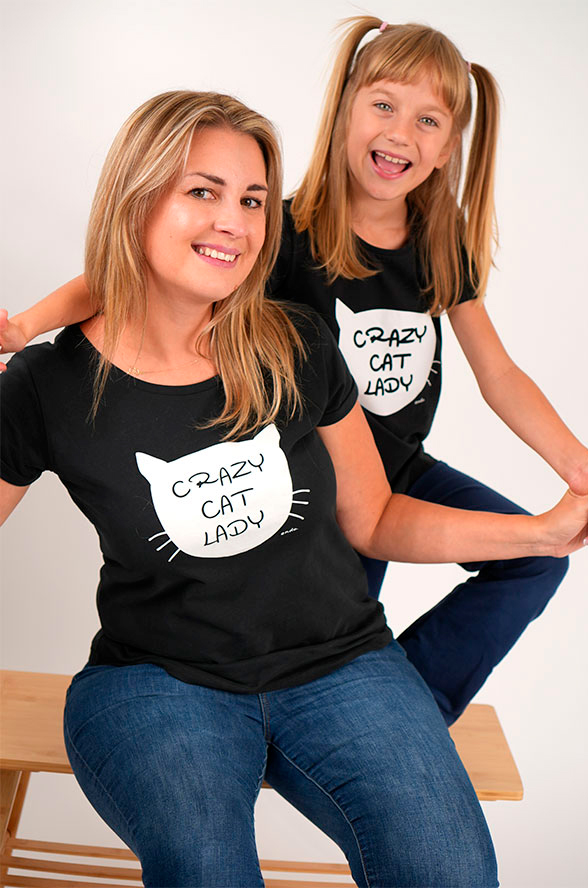
Education and understanding the animal's needs
Before bringing a cat or dog into the home, it's important to prepare your child. Explain the animal's basic needs, such as space to rest, regular feeding, and gentle handling. Children should understand that animals are not toys, but living beings with their own emotions and needs.
Establishing responsibilities
Sharing pet care responsibilities is crucial to avoid overloading parents and to engage children in the care. Children can take on simple tasks like feeding, changing the animal's water, or cleaning up its toys . These types of responsibilities teach consistency and caring for others.

A cat or a dog, which will be a better friend for a child?
The decision to choose a pet should be carefully considered and take into account the needs of all household members. Both cats and dogs can be wonderful companions for a child, aiding their emotional development, teaching them responsibility, and enriching their lives. It's important to consider the child's personality and the family's preferences to choose a pet that best fits into their daily routine.
The decision to have a pet is a long-term commitment. Therefore, it's worth considering carefully to ensure that both the child and the pet are happy and enjoy each other's company.


Podziel się:
Computer games for children – yes or no? - Learn about the benefits of games and their impact on your child's health.
Black Friday - Save on children's purchases and complete a winter wardrobe for boys and girls